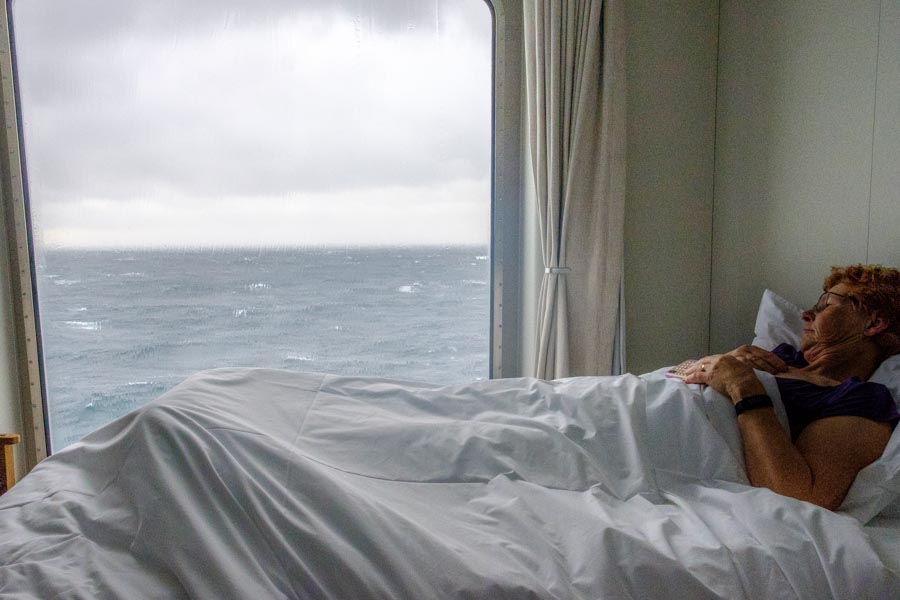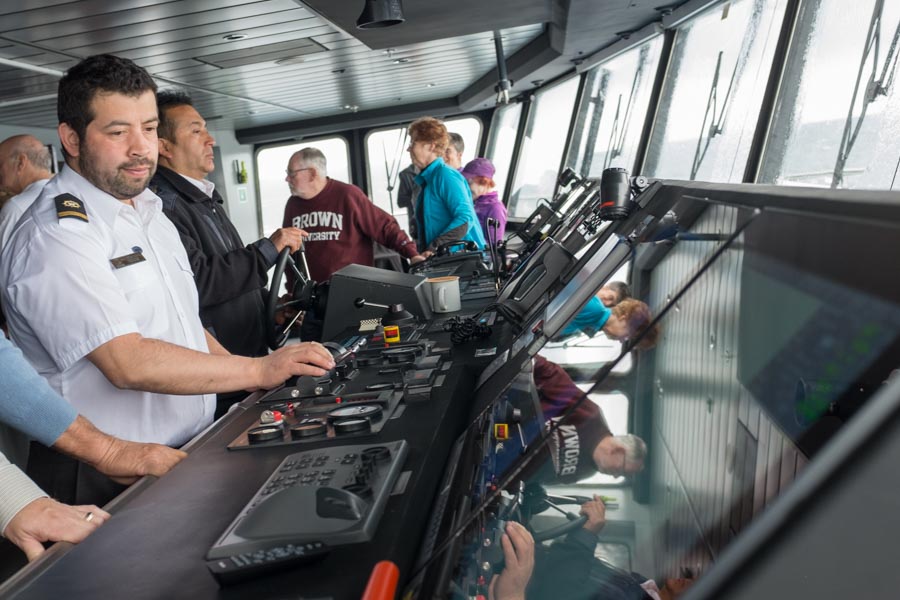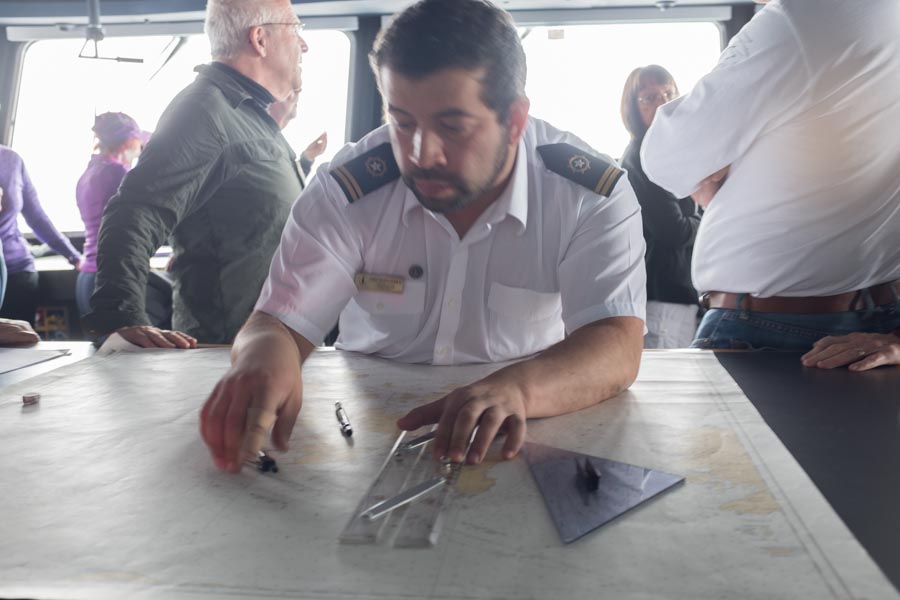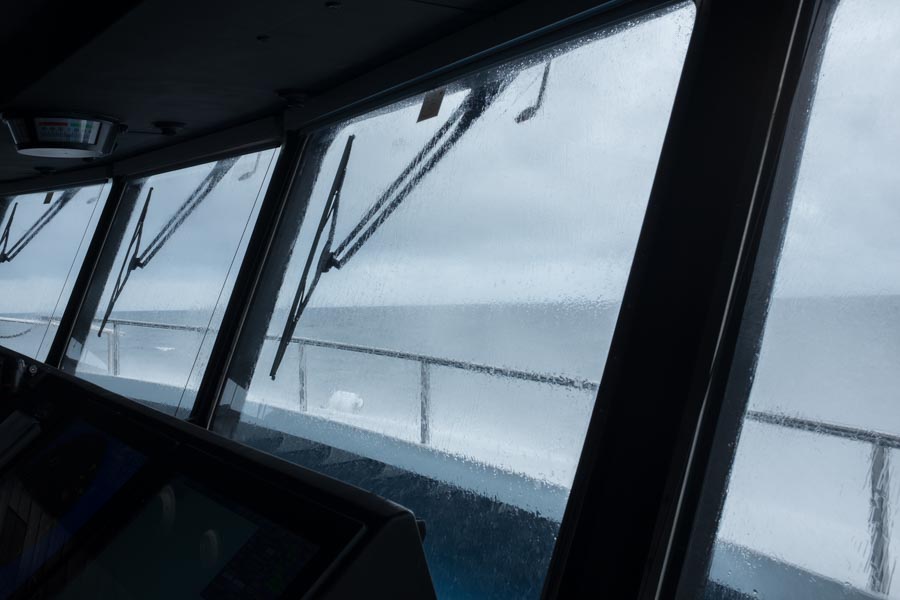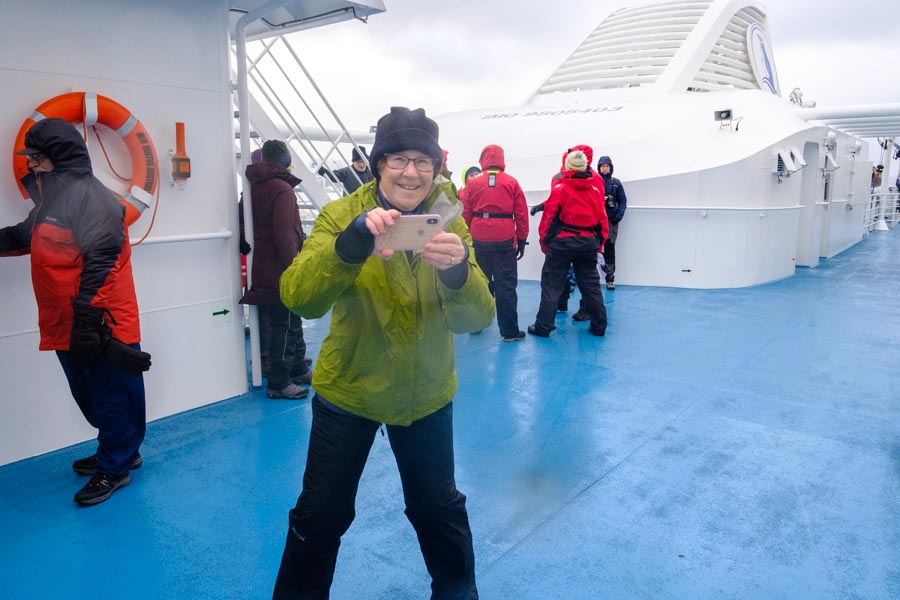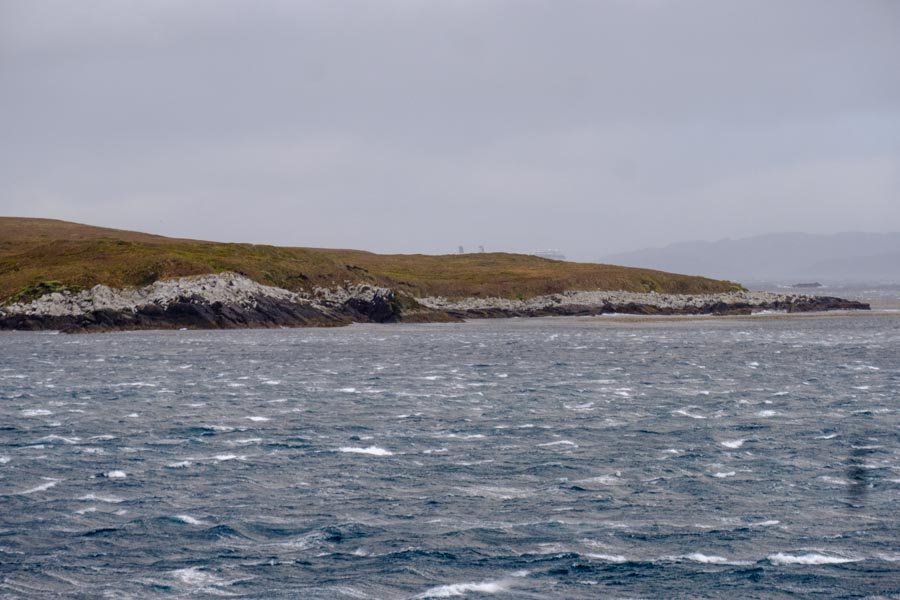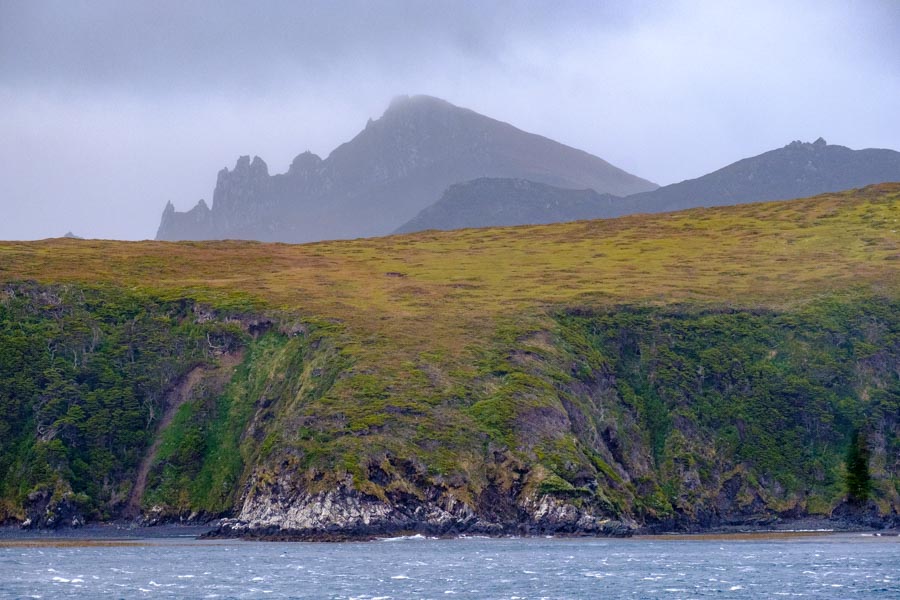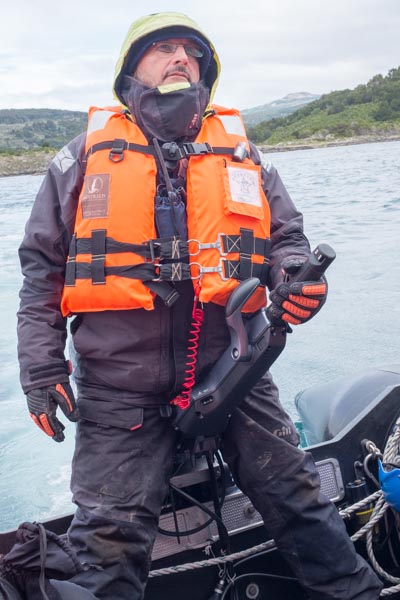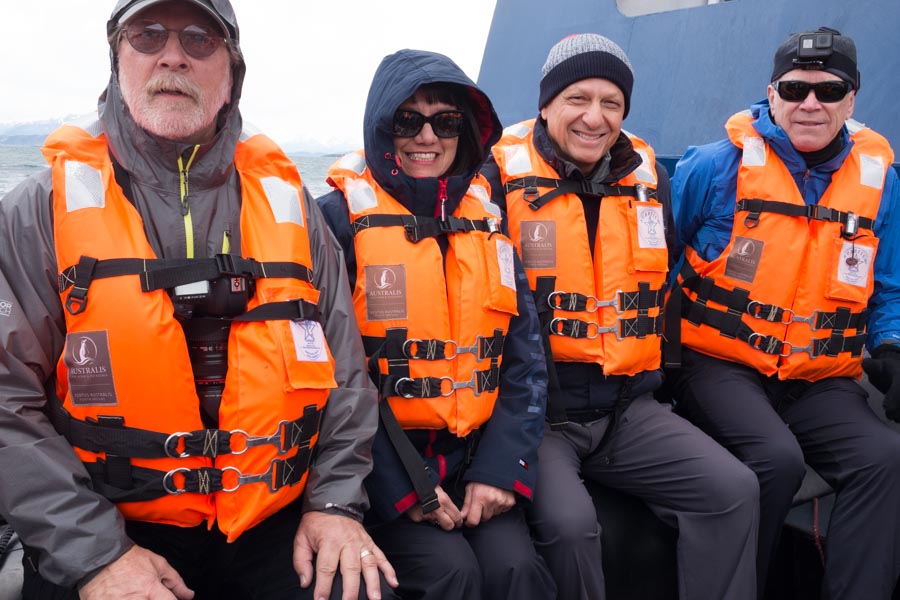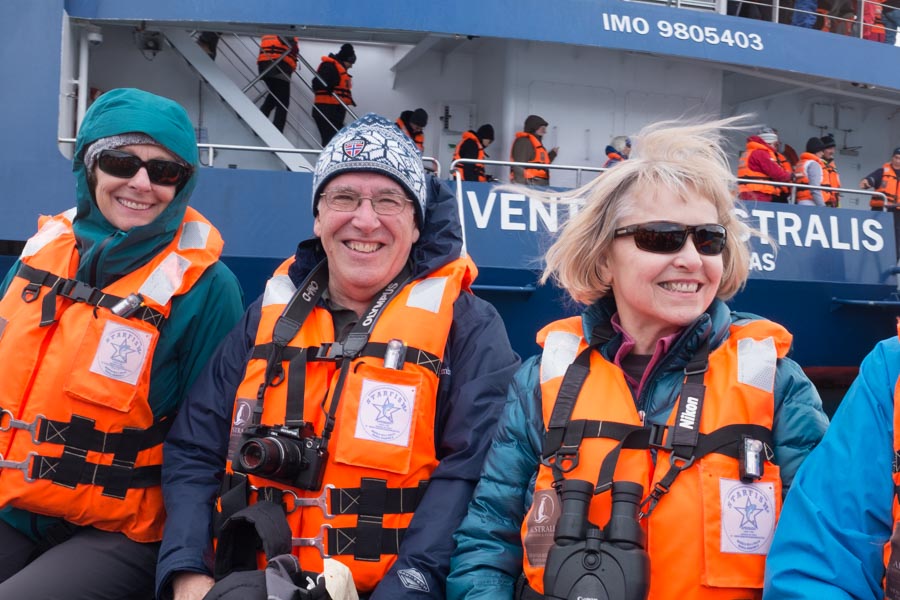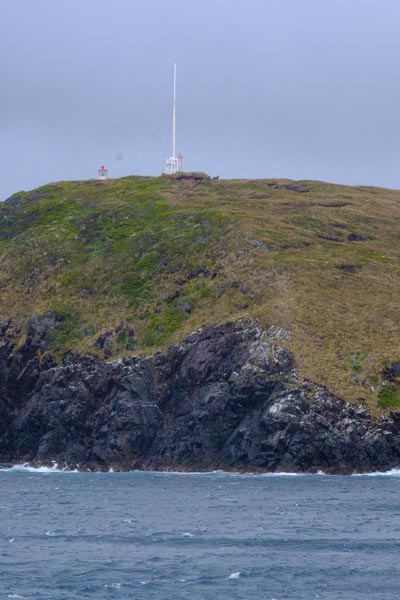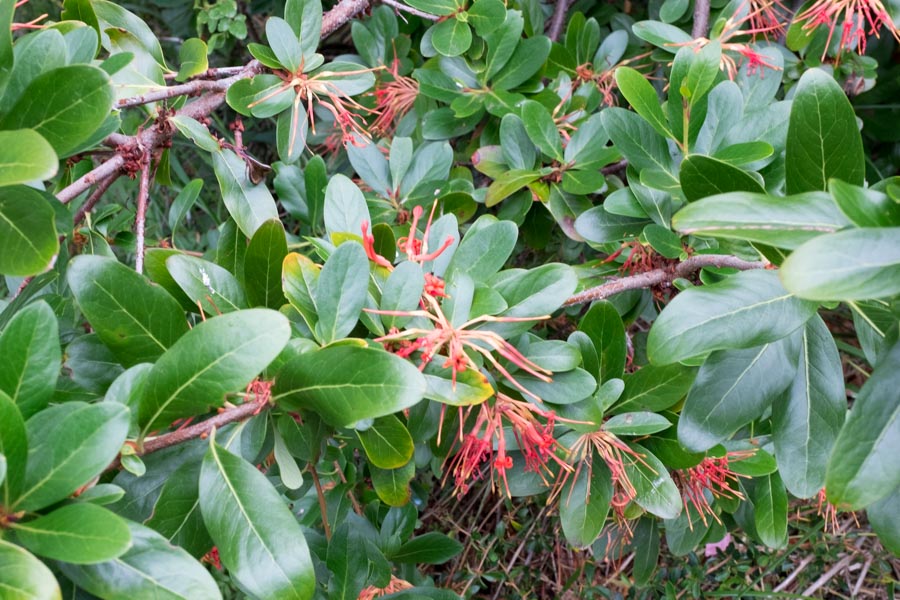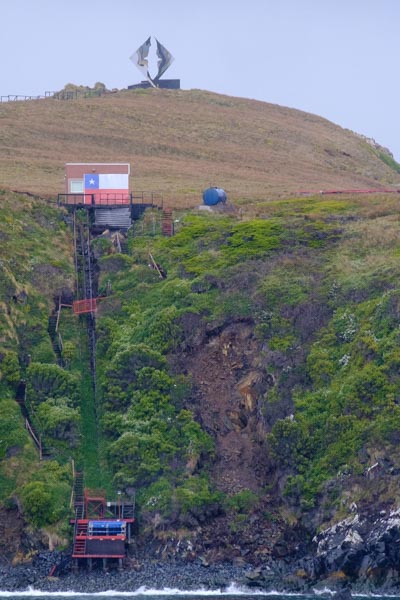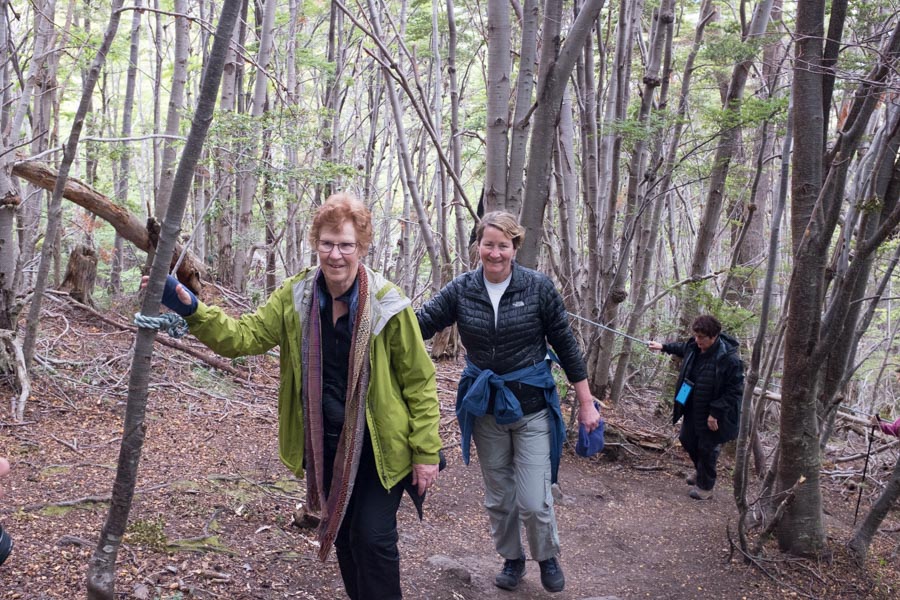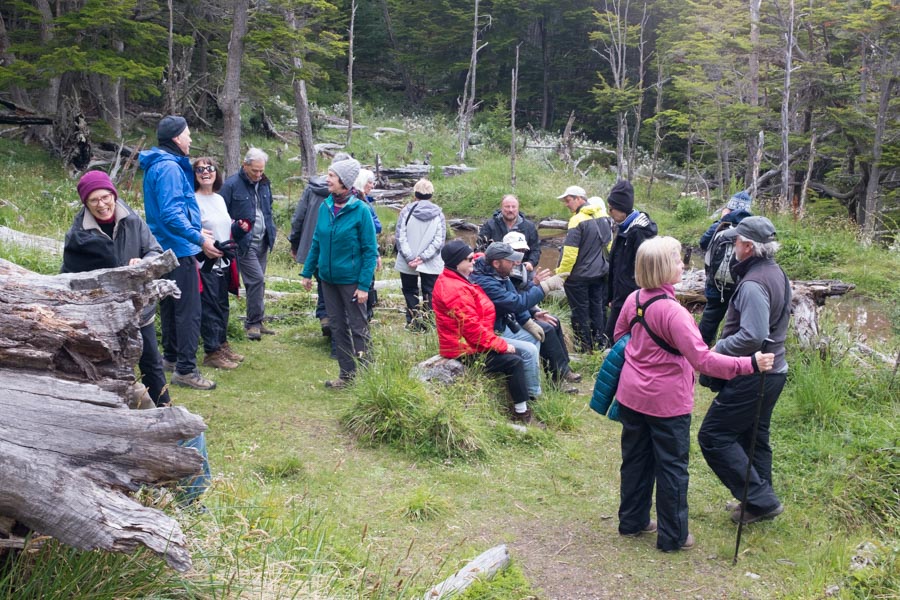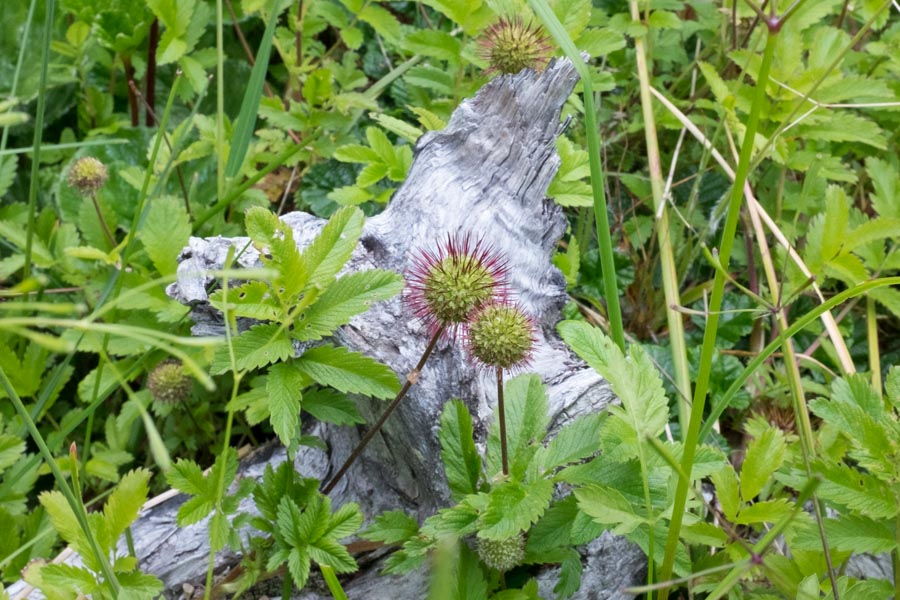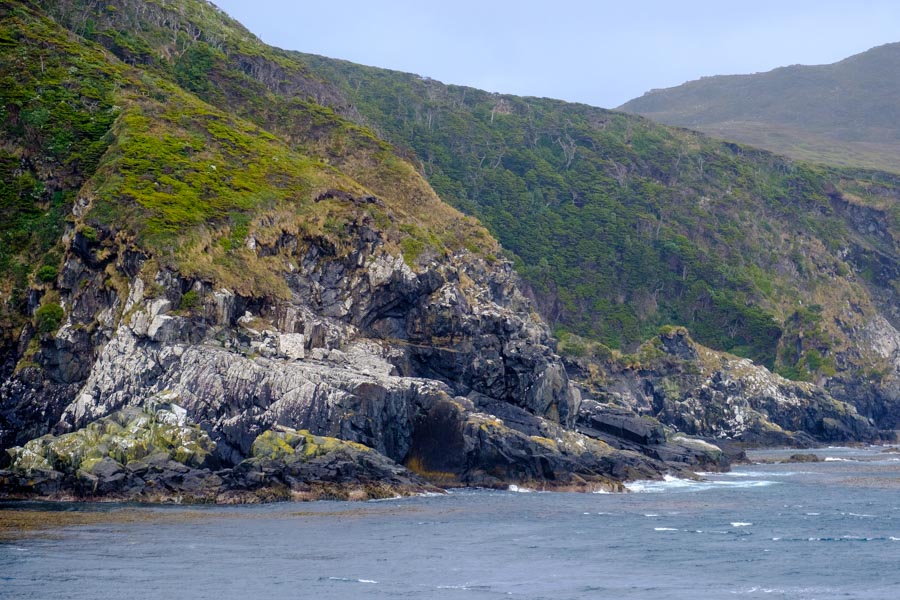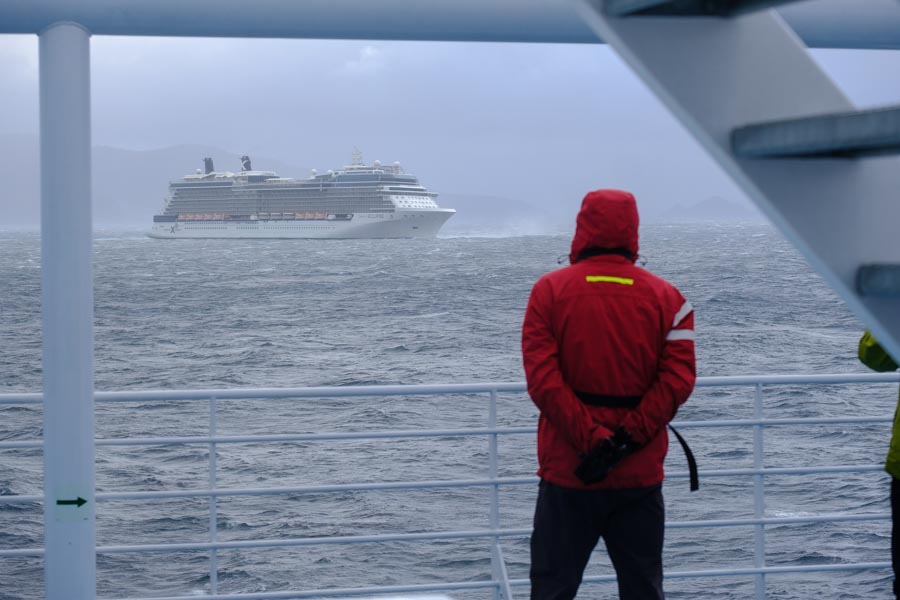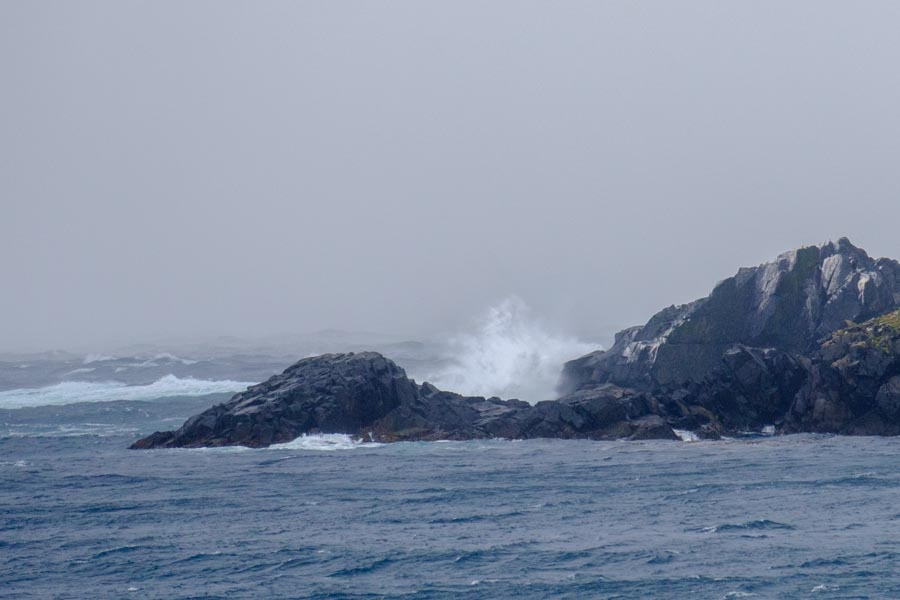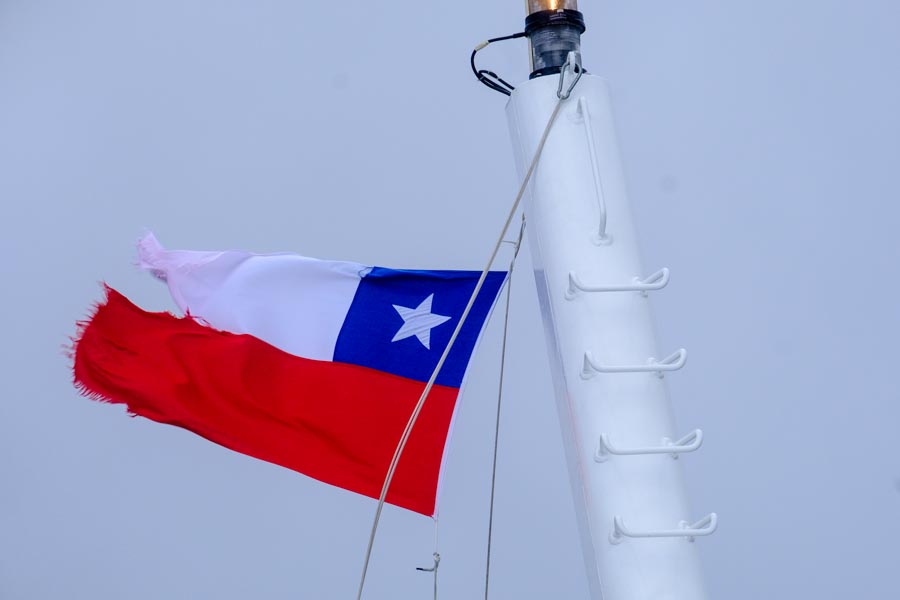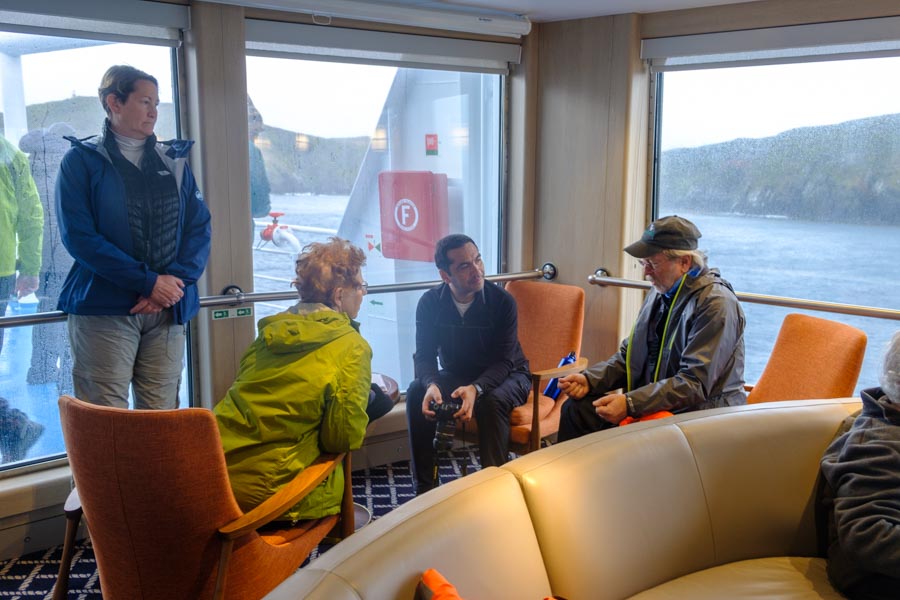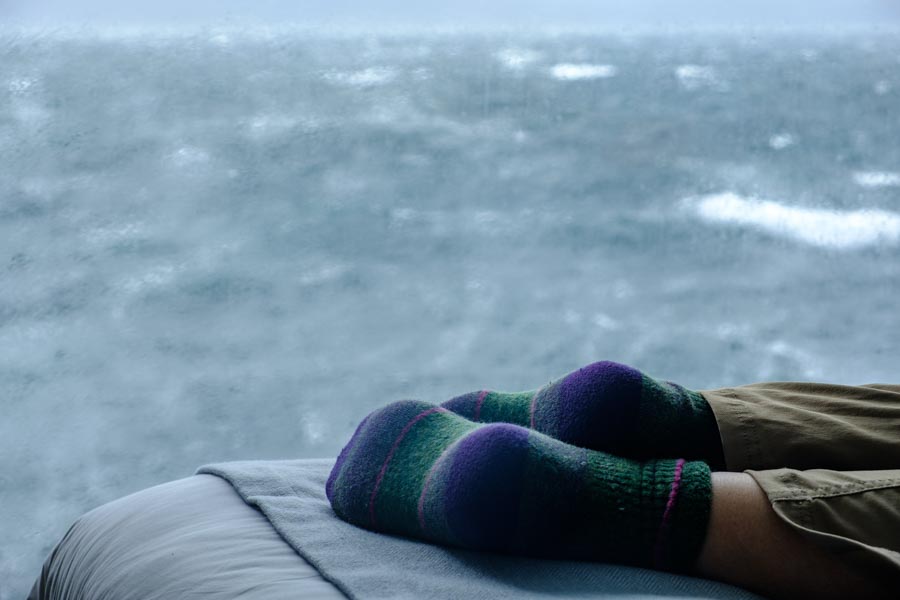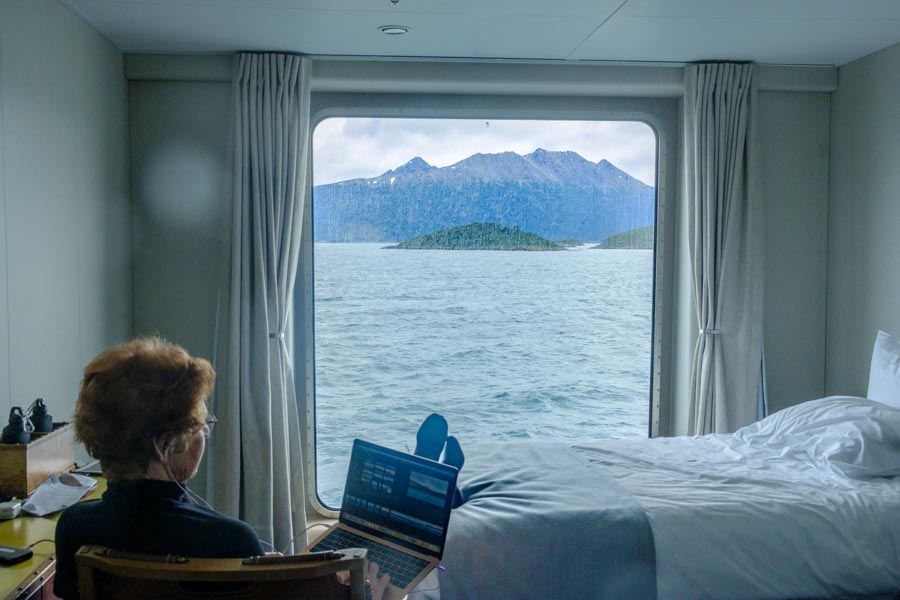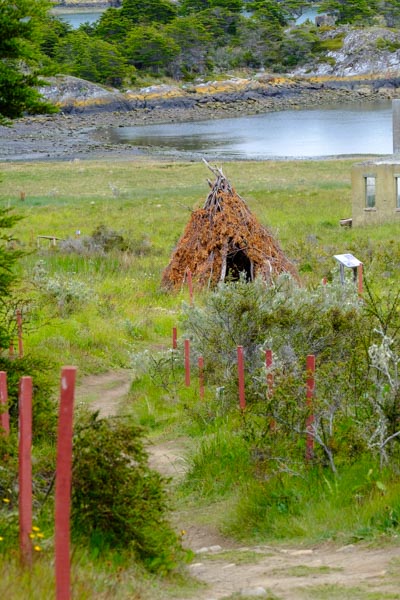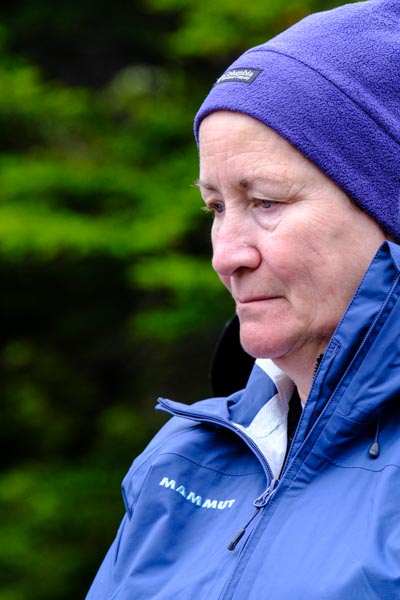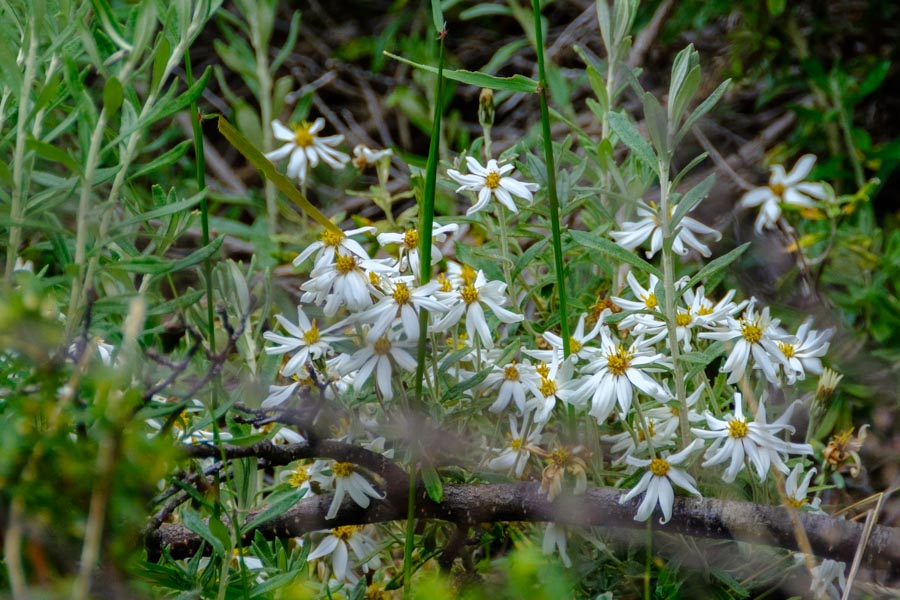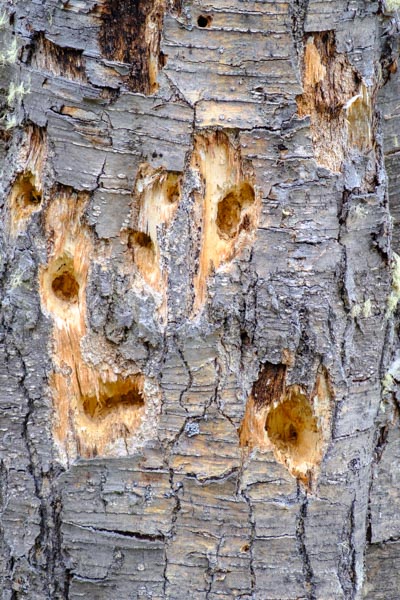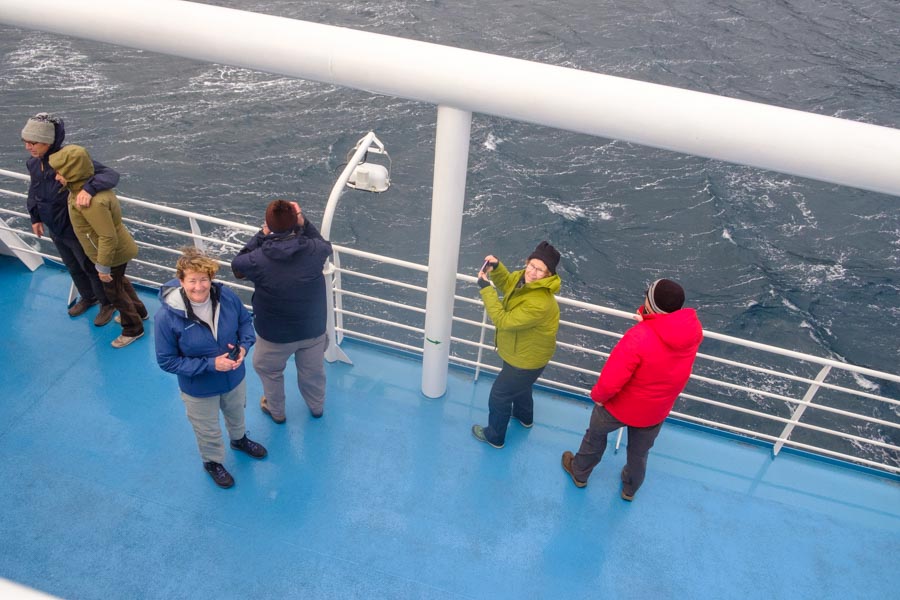We rounded Cape Horn this morning at about 6 AM. Conditions: 86 MPH sustained winds, gusts to over 100 MPH and six-foot seas. Breakers crashing on the landing beach. Captain’s decision: no shore excursions this trip.
Were we disappointed? Not in the least. What we experienced was far more breathtaking than a zodiac boat ride, a limb up a hill and walk around the top, which isn’t even the top of Cape Horn. Cape Horn lies a couple of miles away. But we can’t brag to our friends that we set foot on the southernmost point in the world, excepting the continent of Antarctica. The runners up are Cape of Good Hope in South Africa and the southern tip of New Zealand, both of which we’ve visited on past trips.
To experience winds of that velocity and ferocity, thinking about the sailing ships that rounded the Cape starting in the 1500s, reaching a peak with the 19thcentury clipper ships and continuing until they opened the Panama Canal in 1916. Some 800 ships sank and 10,000 lives were lost trying to round the cape in that era. So I at least am happy it worked out the way it did. I suspect most everyone else is too. No one in his or her right mind would have wanted to board a zodiac in that weather, that’s for sure.
After circling the Cape for a while we retraced our steps to reach Wulaia Bay by 3:00 PM. We hiked up the hill for a nice view of the bay and our anchored ship – about a mile each way. The hike was fine and along the way our ship’s guide told us the historical stories of the bay: the story of the indigenous Yamana people and the interlocking story of the Yamanas and Captain Fitzroy and Charles Darwin.
The Yamana’s, a semi-nomadic subsistence group, populated Tierra del Fuego prior to the arrival of Europeans. They lived in small family units and traveled by canoe to harvest mostly sea products: sea lions, fish and shellfish and the occasional beached whale. When Darwin arrived he found the Yamanas living entirely naked despite the cold, rainy and even snowy weather conditions. When asked why they didn’t wear clothing they said that clothing would get wet and make them even colder. Our guide said some scientists speculate that the Yamanas had evolved (take note, Darwin) so as to adapt to the climate. The Yamanas also covered their bodies with sea lion or whale grease to provide insulation. For the Yamanas fishing was a family affair. The man stood in the bow of the canoe spearing the sea lions, the wife rowed the boat and the kids sat in the middle and tended the fire. If swimming was required the woman was the one to dive in.
Carol from New Hampshire, wrote us the other day, “I’m worried about you. Please don’t go swimming in the ocean down there.” Well, Carol, you don’t have to worry about me. Judy, per local custom, will do the swimming when I drop my camera overboard. I’ll make sure she has a liberal coating of grease before she jumps in.
Darwin and FitzRoy, appalled by the “savage” habits of the Yamanas, reported what they saw to the British and world public. In so doing they gave the green light to a) conversion of Yamanas and other indigenous groups by churchmen and b) outright extermination of the local populous. Priests dressed Yamanas in fur clothing, thereby covering their nakedness. Sure enough, they got wet, cold and died of pneumonia. Others died from disease brought in by Europeans and others by outright murder and genocide. Only one Yamana lives today: an 80-something woman.
Captain Fitzroy captured four young native people and took them back to England to be educated and converted to British ways. Three died, but one, Jeremy Buttons, so named because FitzRoy purchased him from his parents for a pearl button, learned English and even met King William IV. He returned with Fitzroy and Darwin Within a few months he married, became re-assimilated into the Yamani culture. He retained some English language ability and when accused in aiding the murder of British missionaries he volunteered to stand trail and was acquitted.
So two important historical sites: Cape horn and Wulaia Bay: dramatic scenery and a chance to sail in the wake and walk in the footsteps of important historical figures.

